Miniature Waiting Lists
Two retailers explain what makes their ever-popular miniature garden workshops fill up fast every spring.
With deserts, mountain ranges and plains between them, Southern California’s M&M Nursery and Red Cedar Gardens of Eastern Kansas are separated by more than 1,500 miles.
Geographic differences aside, these two locally-owned garden centers are experiencing similar success in a category that’s continuing to grow in popularity — miniature gardening.
From fairy garden “blanks” to hypertufa cottage classes, M&M Nursery and Red Cedar Gardens have found ways to excite customers each spring with this garden hobby. The proof? Try signing up for one of their workshops; you might just end up on a waiting list.
Old Fashioned Works
“The most important thing we do is keep a lot (approx. 60) of examples out for customers to copy,” says Beverly Turner, M&M Nursery, Orange, CA. It’s all about the show and sell.
“People don’t trust themselves to make decisions,” Turner says. “You have to help them make decisions. The more you show them, the better off you are. We use as many of the elements we sell as possible worked into the gardens. That way the customer can see them worked into a garden, to see how they can
be used.”
In addition to the example gardens, M&M Nursery also sells premade fairy gardens that are informally called “blanks.” The blanks are generally planted with one architectural feature, like an arbor or a gate, and then the customer can add whatever else they want to it.
“They’ve been great sellers for us and great for first timers unsure of how to go about getting started,” Turner says. “They can come in and still buy accessories to add to it to make it their own.”
As for M&M’s popular fairy garden seminar, this mom and pop store holds one class each spring, before Mother’s Day. The day of the class is the retailer’s most profitable day of the year.
“It fills up very quickly and we have space for 150 people, so we take reservations,” Turner says. “Our format is very old fashioned with a slide show of about 80 slides, with an emphasis on design.”
The timing of the event is catered around other local events. “We try not to clash with them, because those very same ladies are going on the garden tour or flower shows,” she says. “We like to keep it before Mother’s Day because a lot of our attendees make these into gifts.”
Turner credits in-house promotions and word of mouth for the popularity of the event. She also appreciates the relationship M&M has developed with their local newspaper’s garden writer. “We’re often a resource for her articles — we help each other out — and she’s a fan of this type of gardening, so she puts in a good word for us,” she explains.
If You Build It…
Different from M&M Nursery’s traditional slide show, the miniature gardening event held at Red Cedar Gardens, Stilwell, KS, is very hands on.
The Hypertufa Cottage Class is a 2½ hour class that costs $95 and takes on eight attendees at
a time.
“We give people the opportunity to make a little cottage for their miniature gardens,” says Red Cedar’s Ricki Creamer. “We have a variety of forms and make the cottages out of hypertufa — a lightweight concrete mix.”
Customers are asked to wait a week once the cottages are created. During that time, they’re able to dry and also be fully assembled by Red Cedar experts.
Grouped with the cottage building class, Creamer says additional miniature classes are offered to round out the entire experience and encourage return visits. Some of the classes include one for beginners, another on miniature-appropriate plants, and another on small accessories.
Creamer says she has witnessed the cottage building class encourage multiple visits for a number of her customers.
“They’ll come in and build the cottage. Then they’re back a week later to pick it up. Then they tend to return on a separate trip to pick out plants and return once more for accessories. It can become very addicting.”


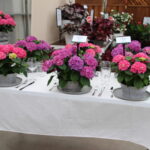



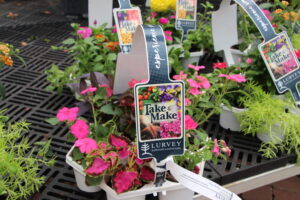
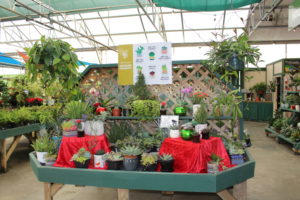

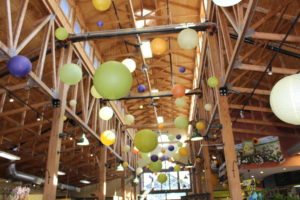
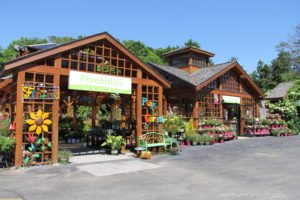
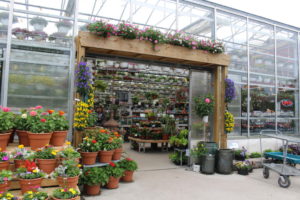



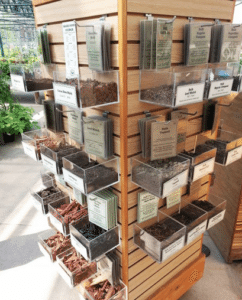


 Videos
Videos





